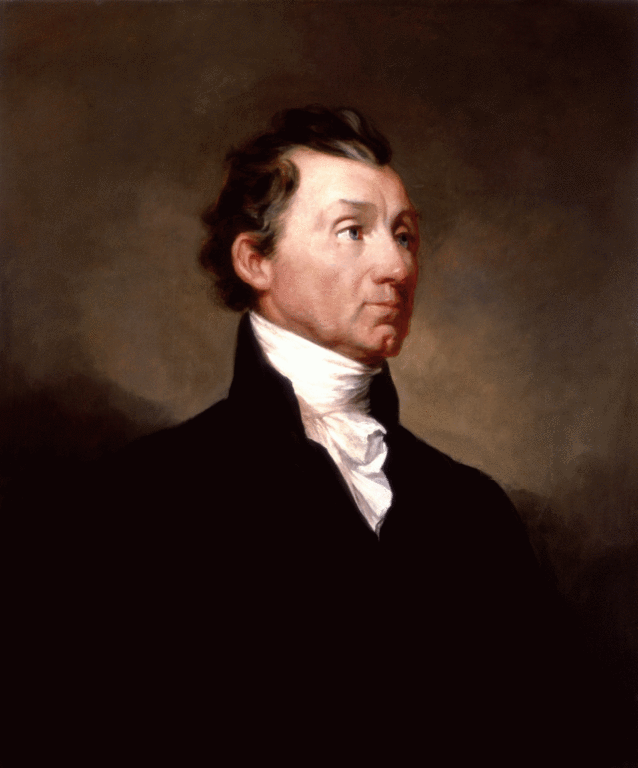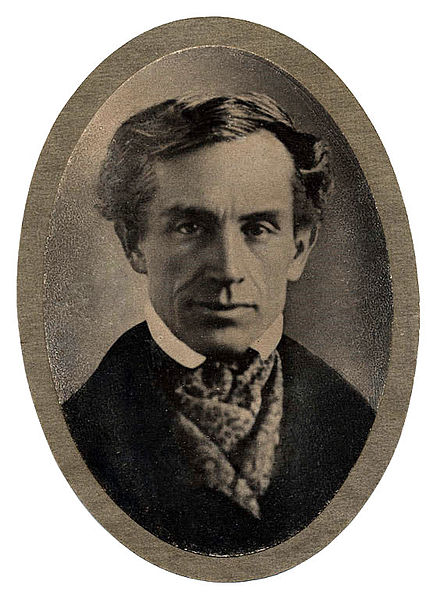
Connections: An Artist, an Inventor, and a President
When studied as isolated events, history may seem like it is only about dead people and dates. But Studies Weekly helps you bring history to life by making connections between people and events.
History can be very exciting and energizing when looked through the eyes of those who lived it. They had families, friends, and social networks just as we have today. They didn’t know how things would turn out, but made decisions and actions according to the knowledge they had at the time.
In these Connections articles, we will share additional information for people and/or events introduced in the Student Edition, to help you show students the connections between the people and events they are learning about.
Who Was Samuel Morse?
You may know Samuel F. B. Morse invented the telegram, but did you know he was also an artist?
Morse studied at the Royal Academy of Art in London, England, after graduating from Yale University in 1810.
While in England, wrote to his parents, “I wish I could communicate this information, but 3000 miles are not passed over in an instant, & we must wait 4 long weeks before we can hear from each other.”
Morse fared well at the Royal Academy, and returned to his home in Boston five years later to pursue an art career, where he hoped to impress the American public with grand historic paintings. However, people wanted portraits of themselves and their family members to pass down to future generations. To earn a living, Morse traveled from town to town accepting commissions to paint portraits.

In 1819, Morse was commissioned to paint a portrait of James Monroe, the fifth president of the United States. Sitting for a portrait required many meetings between the artist and subject. During this time, Morse had the chance for conversations with one of the country’s founders. Since Morse’s appointment book only includes names and dates, there is no telling the stories Monroe may have shared with him about the founding of the United States. Morse’s portrait of Monroe hangs in the National Portrait Gallery in Washington DC today.
As Morse continued to paint, he gained many notable clients, including Marquis de Lafayette, Noah Webster, and Eli Whitney. Morse bid on painting murals in the rotunda of the capitol, but was not awarded the opportunity, so in 1838, he traveled to Europe to reinvigorate his art.
In Paris, France Morse met the pioneer of photography: Louis Jacques Mandé Daguerre (1789-1851). Morse enthusiastically learned this new art medium and opened up a studio in New York where he trained other photographers, including Matthew Brady, who became known for his photos of battlefields and President Abraham Lincoln.
Despite these artistic successes, Morse never made a fortune as an artist.
Photo of Samuel Morse (1841) Inventing the Telegraph
Morse began experimenting with electricity as he thought about his travels and how difficult it was to communicate across long distances. In 1844, he successfully demonstrated the telegraph: a device that could send electric signals to different locations. Morse also invented a code so people could use his invention to send messages to each other.
The telegraph and Morse code became a huge commercial success, and Samuel Morse finally got to enjoy a substantial income.
As you teach students about Morse’s life, you can show them how people often grow into their legacy and make different contributions to society.

Sources:
- https://www.nga.gov/collection/artist-info.1737.html
- https://www.loc.gov/collections/samuel-morse-papers/articles-and-essays/artist-politician-photographer/
- https://www.whitehousehistory.org/photos/fotoware?id=7365B35FC8FF4EFF%20B2F69FE6E95D37BA
- https://www.loc.gov/collections/samuel-morse-papers/articles-and-essays/timeline/1791-1839/
- https://www.loc.gov/collections/samuel-morse-papers/articles-and-essays/invention-of-the-telegraph/
Social Studies
Standards-aligned lessons that spark curiosity
Studies Weekly Online
Less prep, more impact on students
Health & Wellness
Boost your students’ emotional wellness skills
Science
Encourage students to investigate through hands-on learning